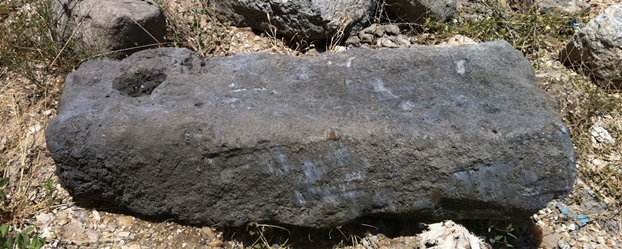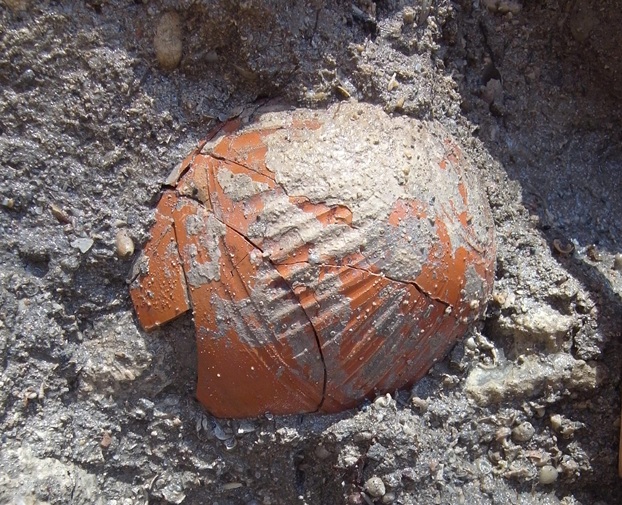Ancient Hellenistic Harbor Found in Israel

The remains of a magnificent ancient harbor have emerged from a dig in Akko (Acre), a city at the northern tip of Haifa Bay in Israel.
Dating back to the Hellenistic period (third-second centuries BC), the port was Israel's largest and most important at the time.
Archaeologists at the Israel Antiquities Authority made the discovery as they unearthed large mooring stones that were incorporated in the quay. They were used to secure sailing vessels that anchored in the harbor about 2,300 years ago.
ANALYSIS: Love Pipe Unearthed in Israel
In some of the stones the archaeologists found a hole for inserting a wooden pole -– probably for mooring and/or dragging the boat.
This was most likely a military harbor, according to Kobi Sharvit, director of the Marine Archaeology Unit of the Israel Antiquities Authority,
"A find was uncovered recently that suggests we are excavating part of the military port of Akko. We are talking about an impressive section of stone pavement about 8 meters long by about 5 meters wide," Sharvit said.
Get the world’s most fascinating discoveries delivered straight to your inbox.
Delineated on both sides by two impressive stone walls built in the Phoenician manner, the floor sloped slightly toward the south. The archaeologists found a small amount of stone collapse in its center.
NEWS: Golden Crusade Hoard Found in Israel
"Presumably this is a slipway, an installation that was used for lifting boats onto the shore, probably warships in this case," Sharvit said.
"Only further archaeological excavations will corroborate or invalidate this theory," he added.
Along with the mooring stones, the archaeologists found thousands of pottery fragments, among which are dozens of intact vessels and metallic objects.
Preliminary identification indicates that many of them come from islands in the Aegean Sea, including Knidos, Rhodes, Kos and others, as well as other port cities located along the Mediterranean coast.
The dig also uncovered a mound of collapsed large dressed stones that apparently belonged to major buildings or installations.
ANALYSIS: Roman-Era Sword Uncovered in Ancient Ditch
"What emerges from these finds is a clear picture of systematic and deliberate destruction of the port facilities that occurred in antiquity," Sharvit said.
He added that the excavation will continue in the attempt to to clarify if there is a connection between the destruction in the harbor and the destruction wrought by Ptolemy in 312 BC. , or by some other event such as the Hasmonean revolt in 167 B.
This story was provided by Discovery News.




